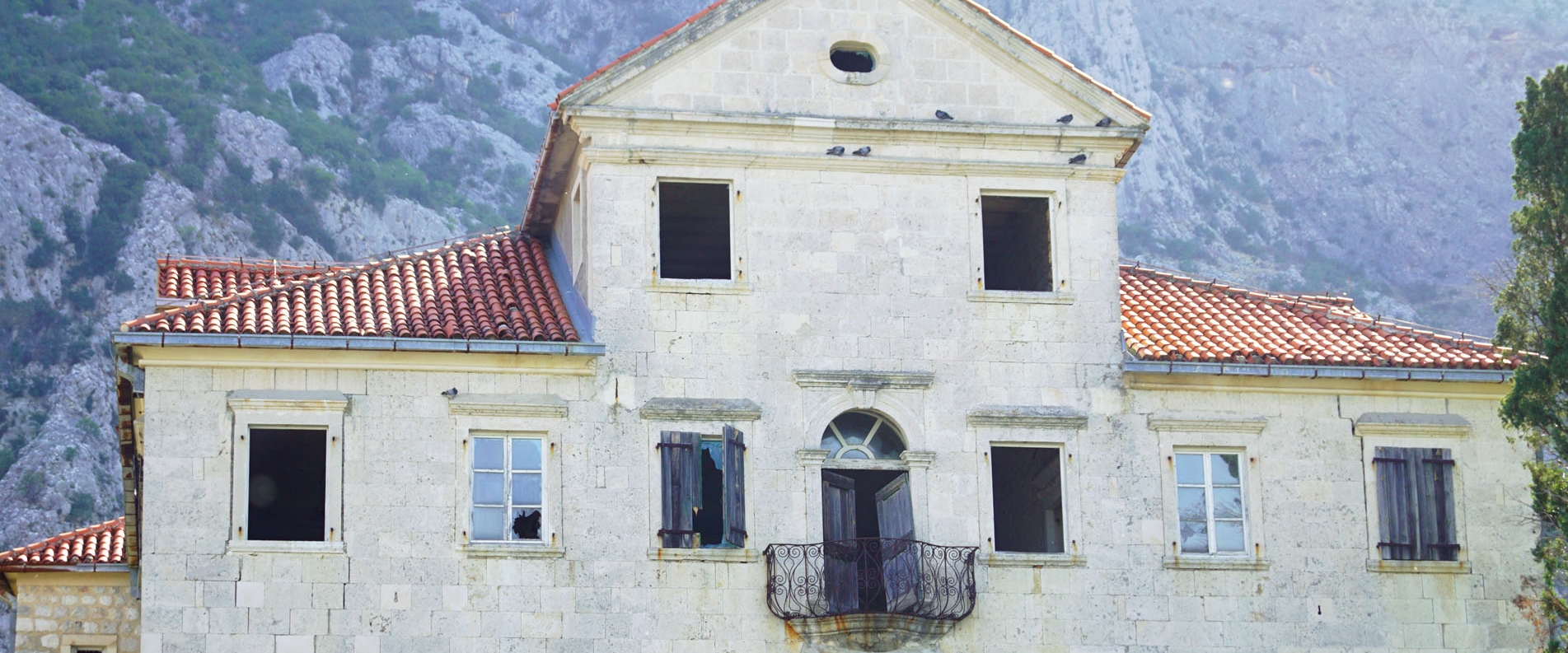The coastal town of Dobrota was first mentioned in documents back in the middle of the 13th century. For a long time it was just a humble settlement near Kotor, but things changed in the 18th century. The period of economic and cultural prosperity has come to Dobrota, thanks to the development of maritime trade. This incredible affluence ended as rapidly as it began, but spacious stone houses, so-called Captain's Palaces, are still standing here as a vision of glorious era.
At the northern end of the town rises Ivanović Palace, the former home of the richest family in Dobrota.
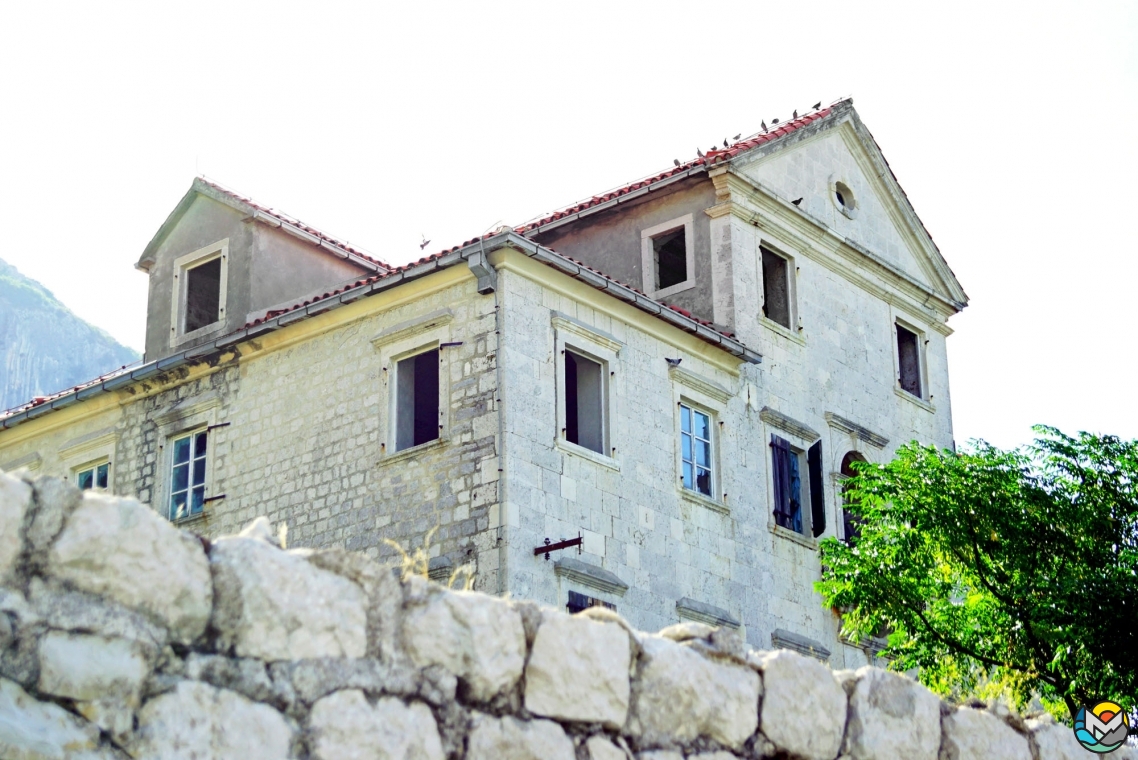
By the beginning of the 19th century, Ivanović dynasty owned eleven houses on the coast, but the Palace is the most grand and majestic.
In addition, this house is also known for the fact that in 1833 its owner had the honor to welcome here the great Montenegrin ruler, poet and philosopher — Petar II Petrović-Njegoš. In gratitude for this, Njegoš dedicated one of his poems to the noble family.
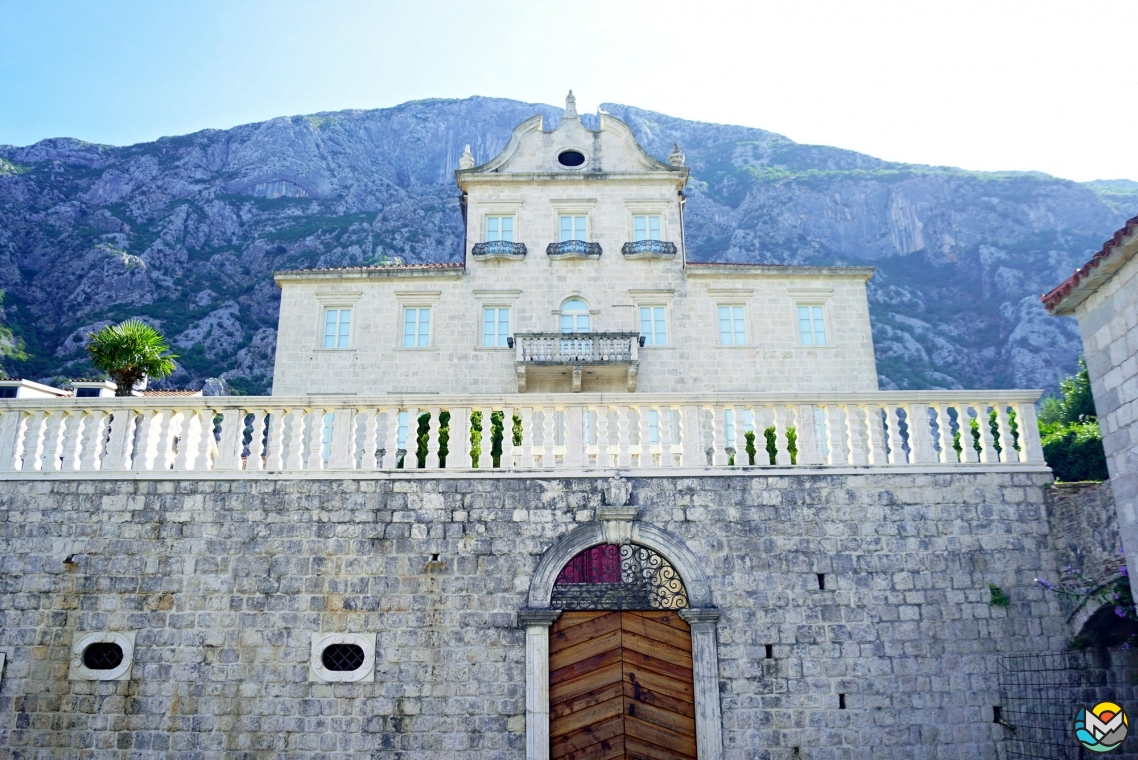
Several buildings in the area belonged to the Tripković family. Their main residence is still one of the most beautiful mansions in Dobrota.
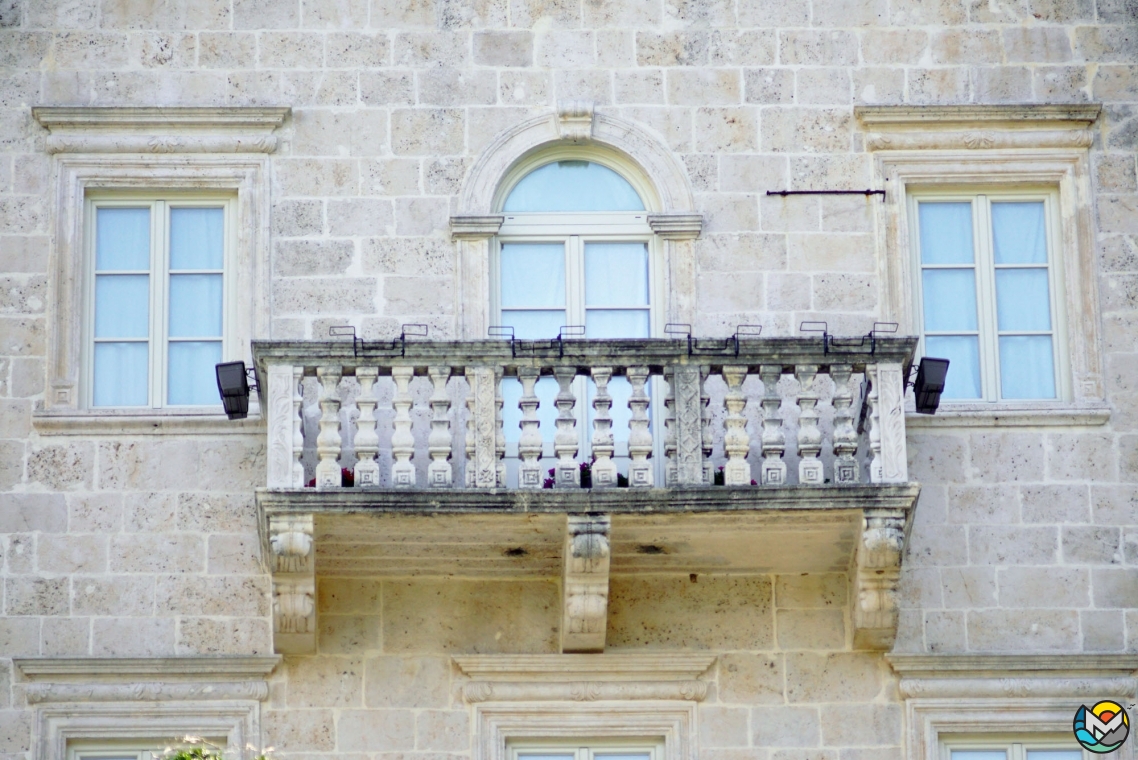
And at the beginning of the 19th century it was also the most expensive.
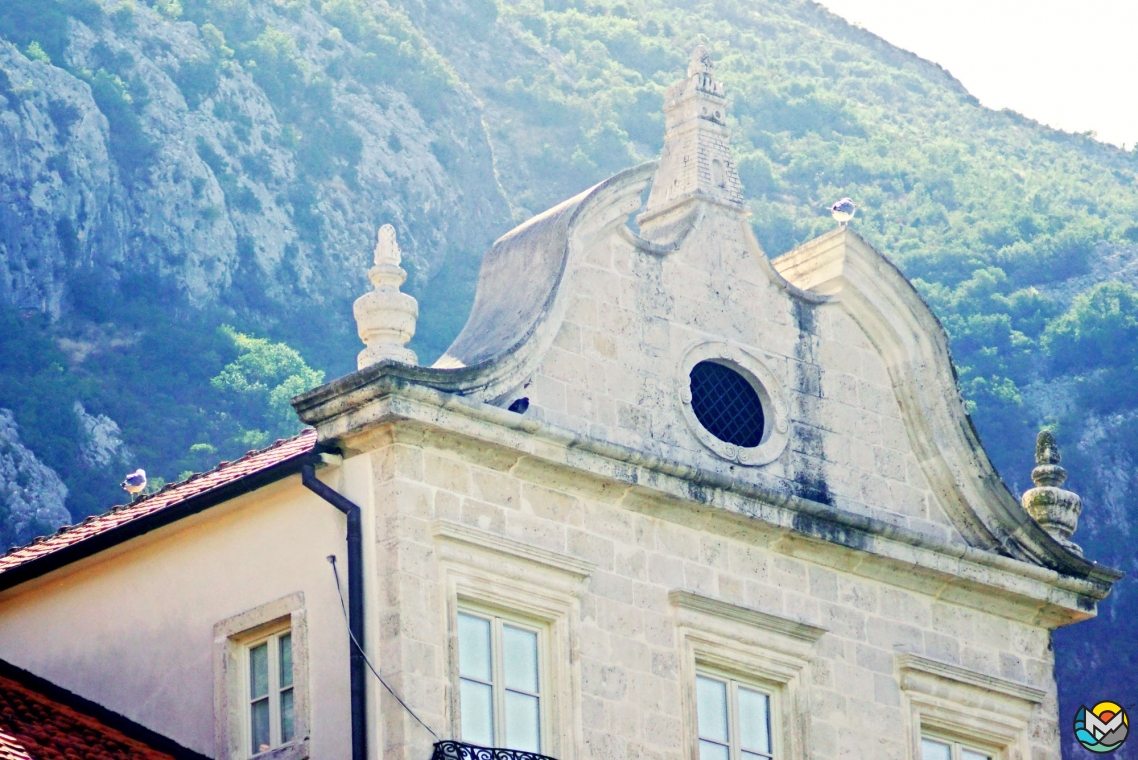
The building is decorated in lavish Baroque style. Balustrades, cornices and oval windows adorn the facade, and an unusual tower crowns the pediment.
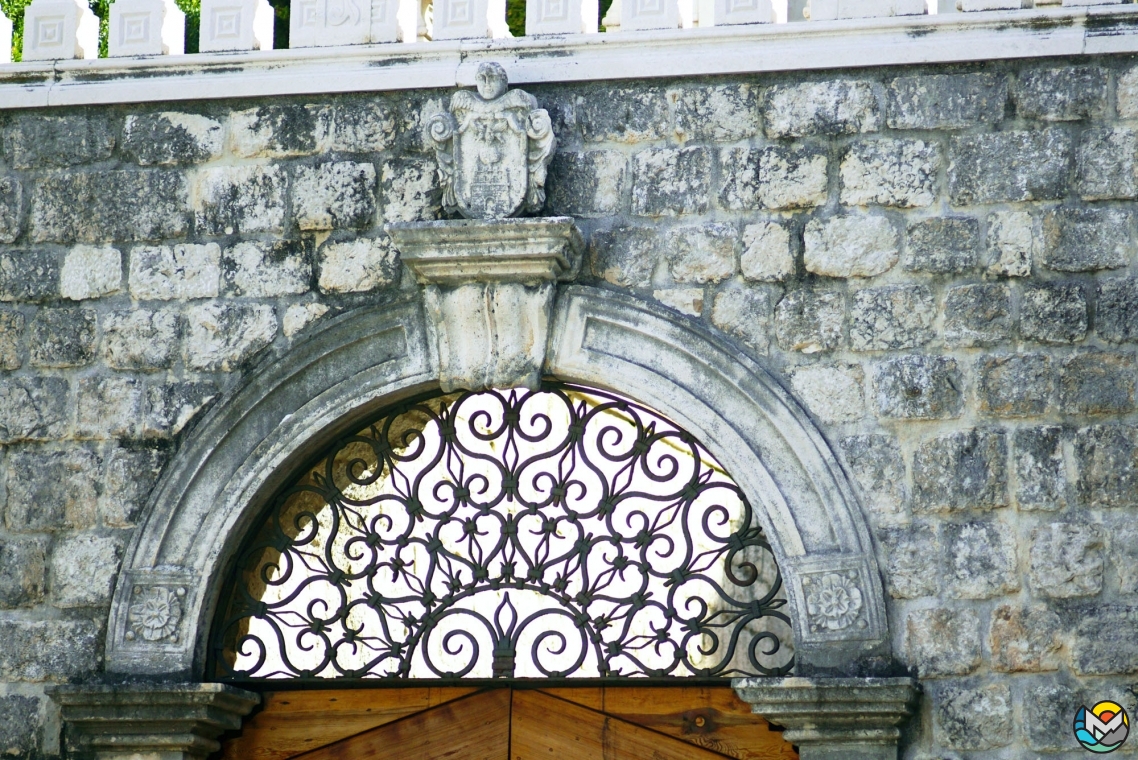
The family’s coat of arms on a surrounding wall.

Next to the Tripković Palace is an interesting house was repeatedly sold, so today it has a name Tripković-Dabinoviċ-Avramov.
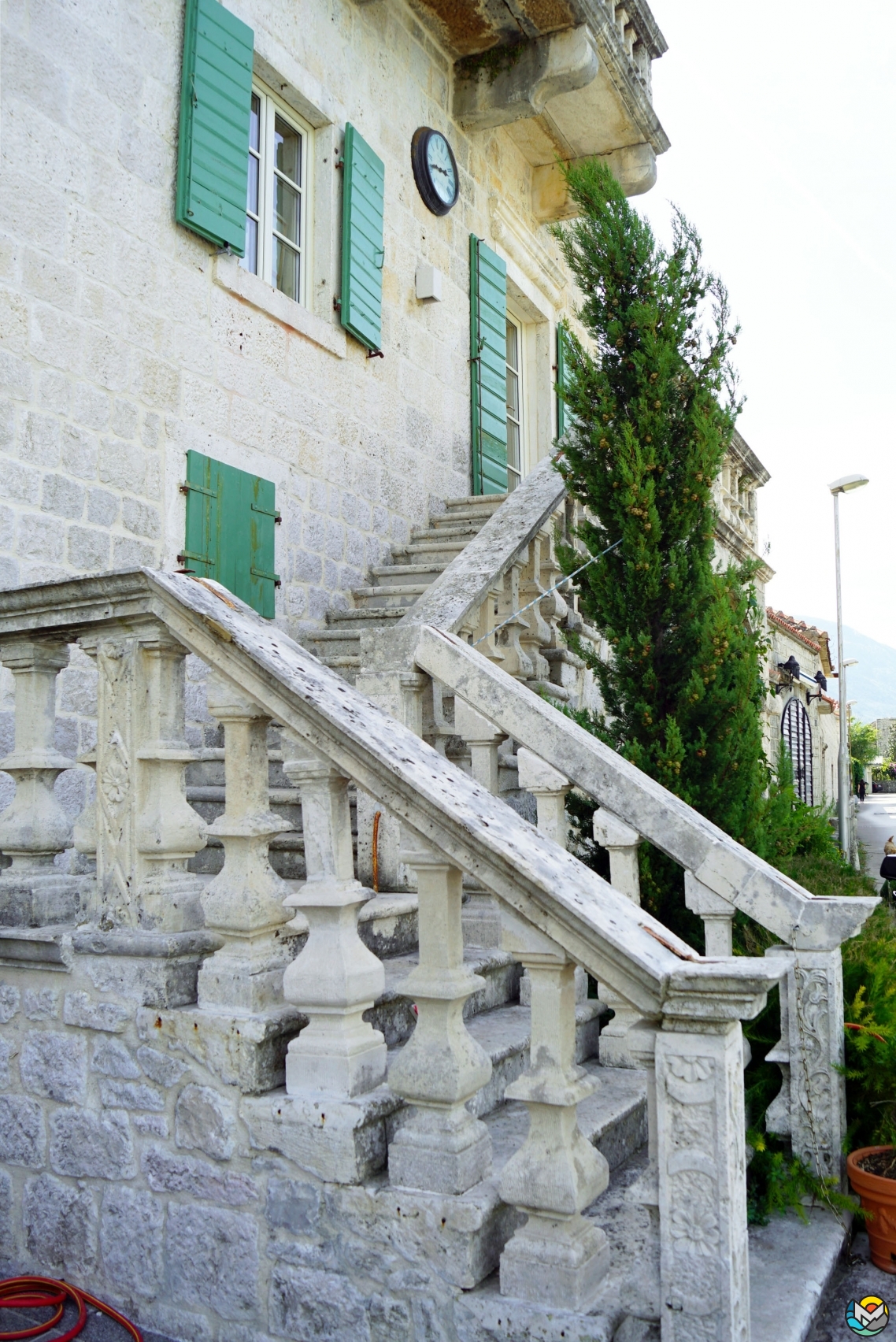
Unlike many other Captain's Palaces, it does not hide behind massive stone walls and the tourists can see all the details and features of this historical monument.
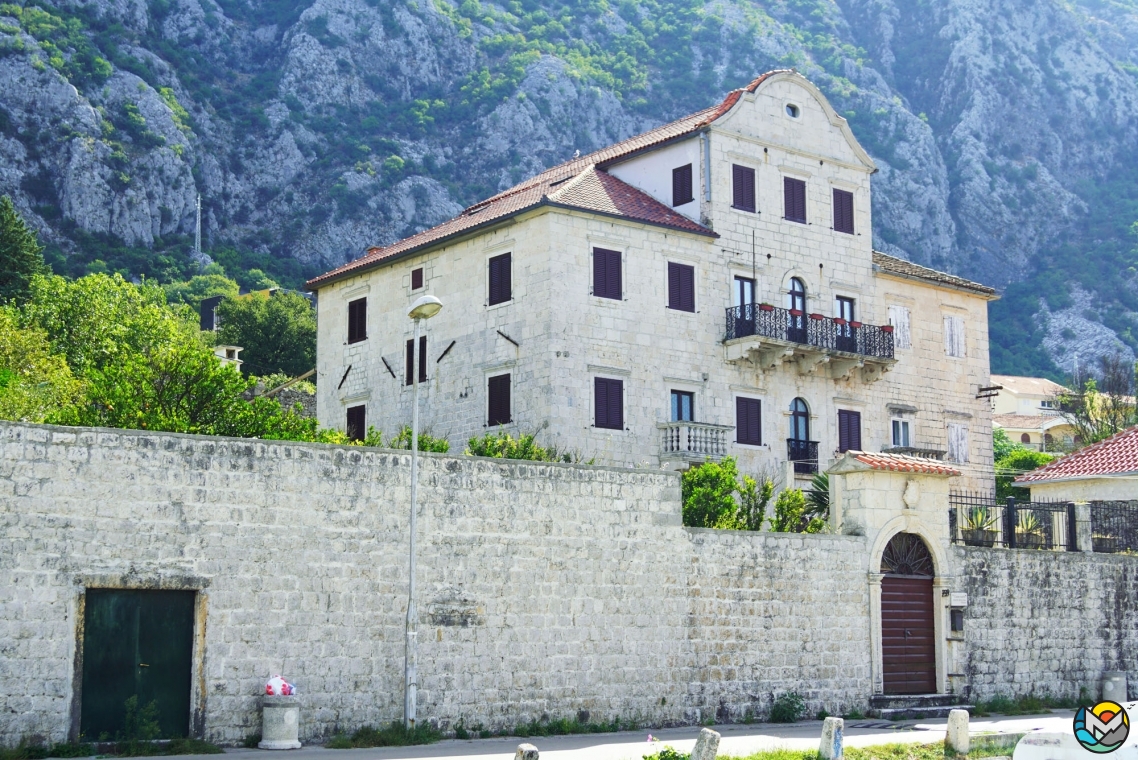
The Ivanović-Chetković Palace was built in the 18th century. The World War II and the earthquake of 1979 made a devastating impact on the Palace. But it was carefully restored, and got its original appearance.

The building belongs to the Catholic Church, but the insignia of the original owners still flaunts over the main entrance.
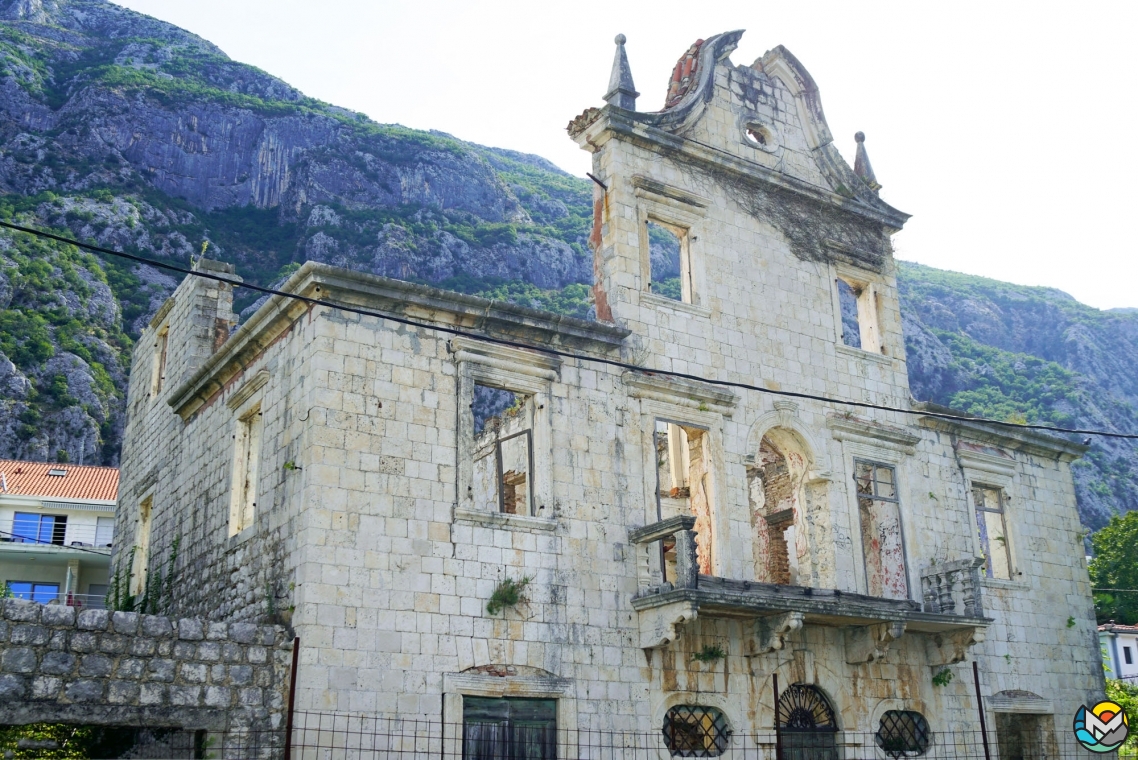
The Dabinović Palace was also severely damaged by the horrific 1979 earthquake. And former grand mansion, sadly, has been abandoned since then and continues to collapse.
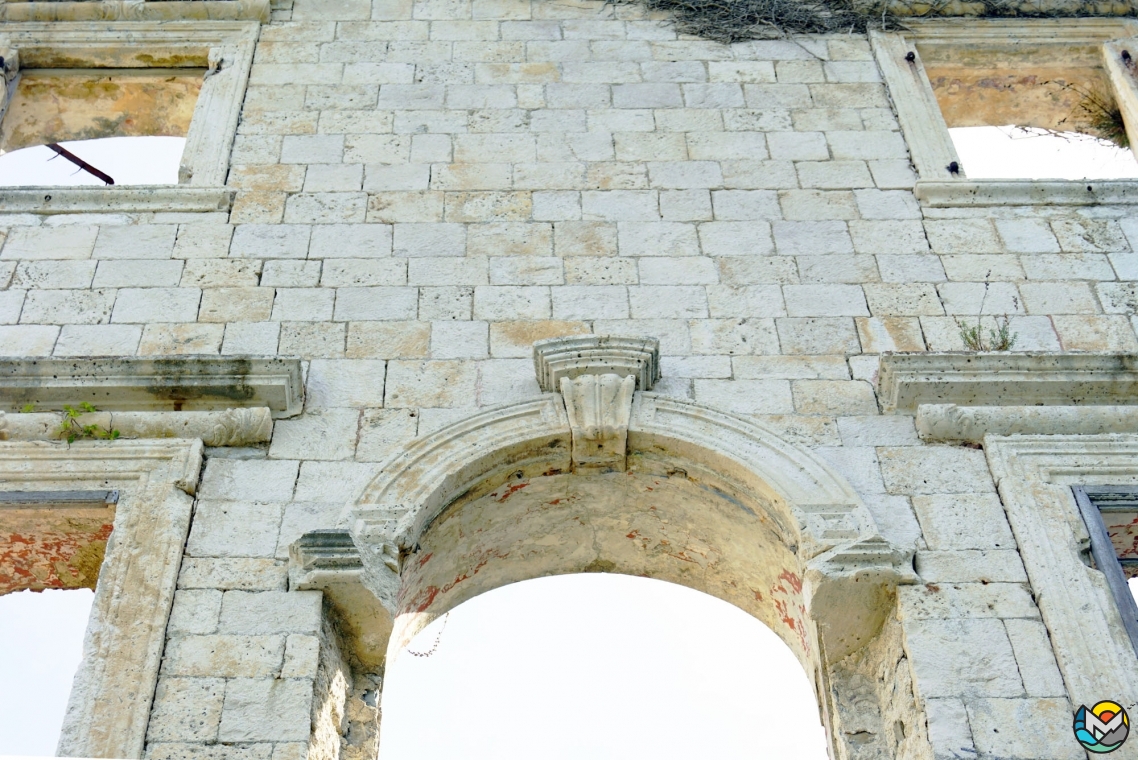
Today, before the eyes of passers-by, there is only a facade, but with the remnants of a rich Baroque decor.
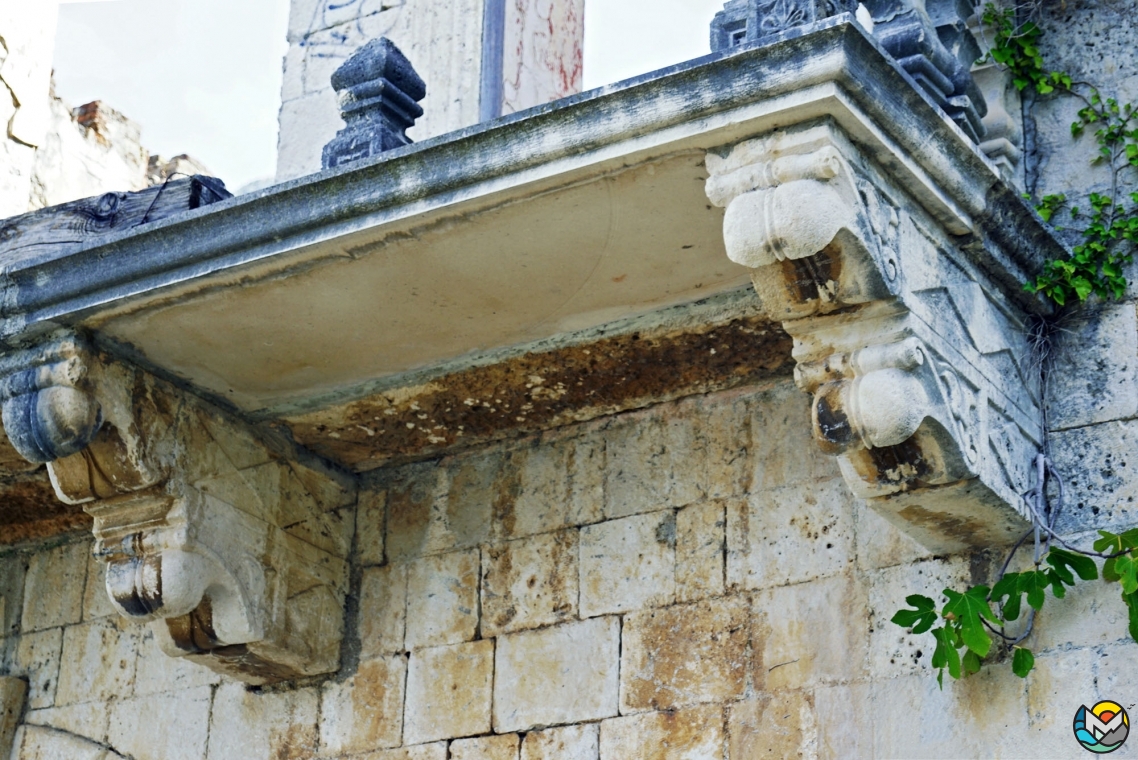
Local scholars believe that the Palace was designed by famous architect from Venice.

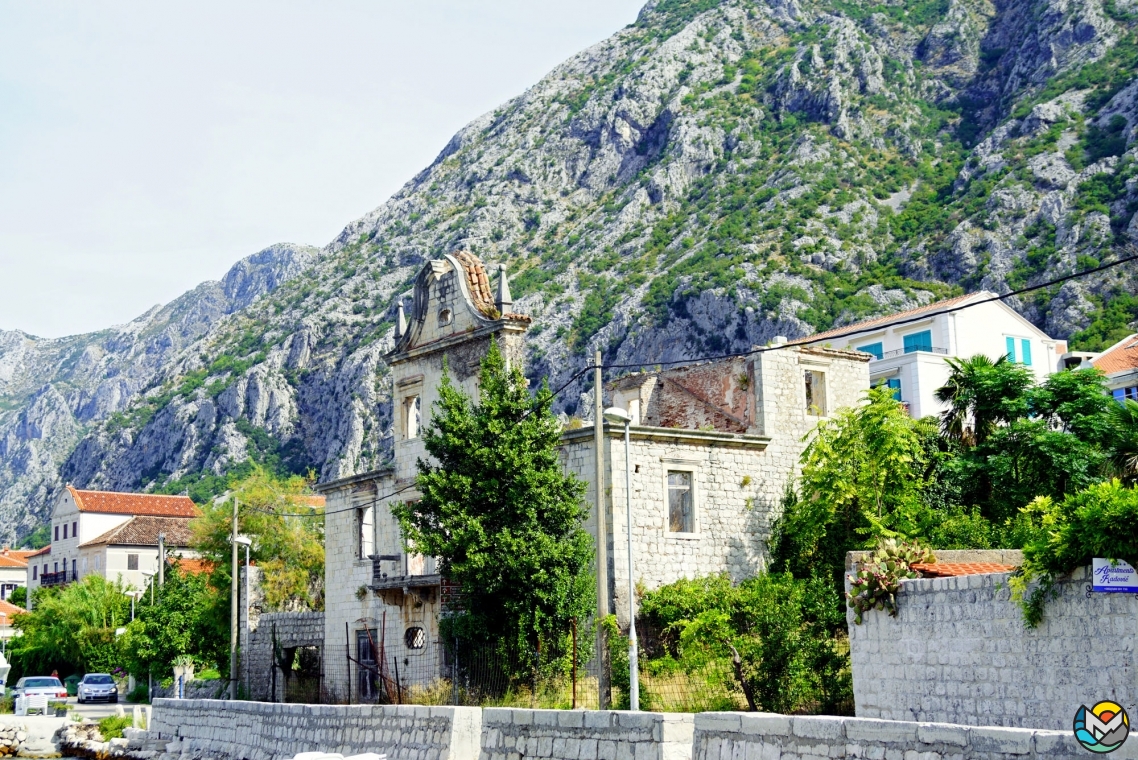
The palace has a second name — Rooster Tower, Kokotova Kula, because its first owner, Đuro Dabinović, was known among sailors and merchants under the nickname Rooster.
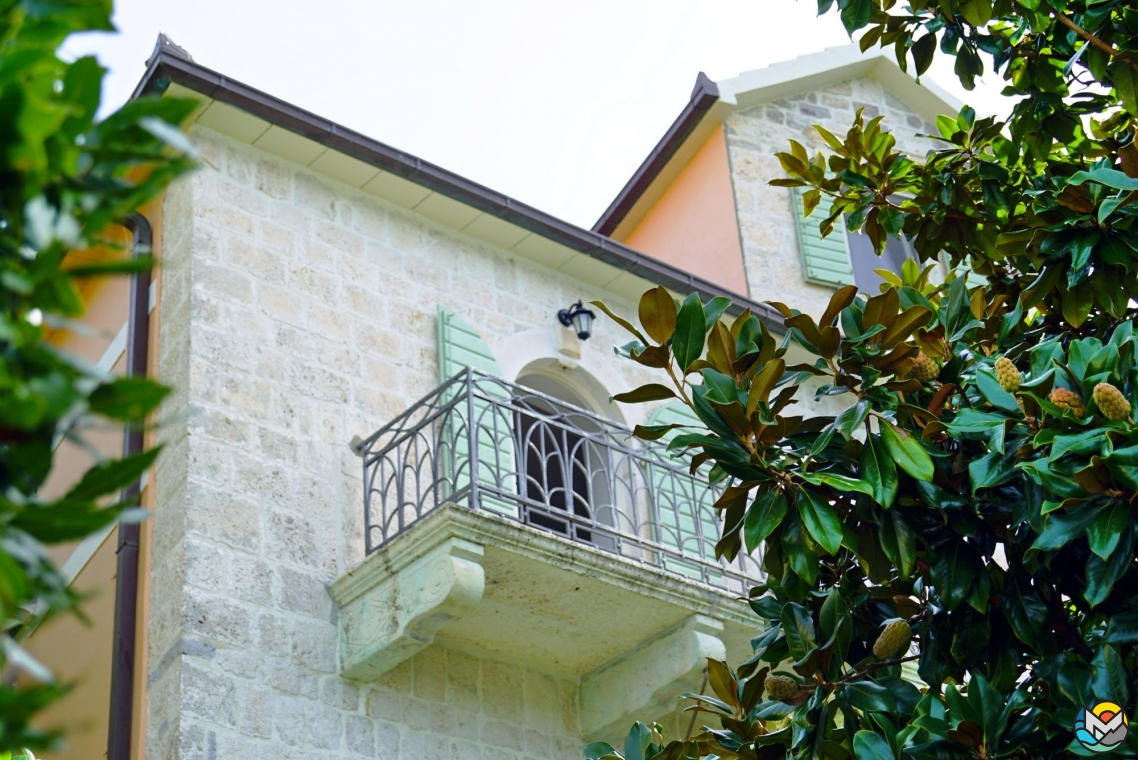
The next mansion was also for some time the property of the Dabinović family, they acquired it from the Radimirs.

This is not the most luxurious Captain's Palace in Dobrota, but certainly the most original. People call it the Bent Palace.

At the time of not-so-meticulous reconstruction, a vertical kink appeared on the facade of the house. Now, when you look at it from different angles, its absolutely identical halves seem unbalanced and disproportionate, hence the name.
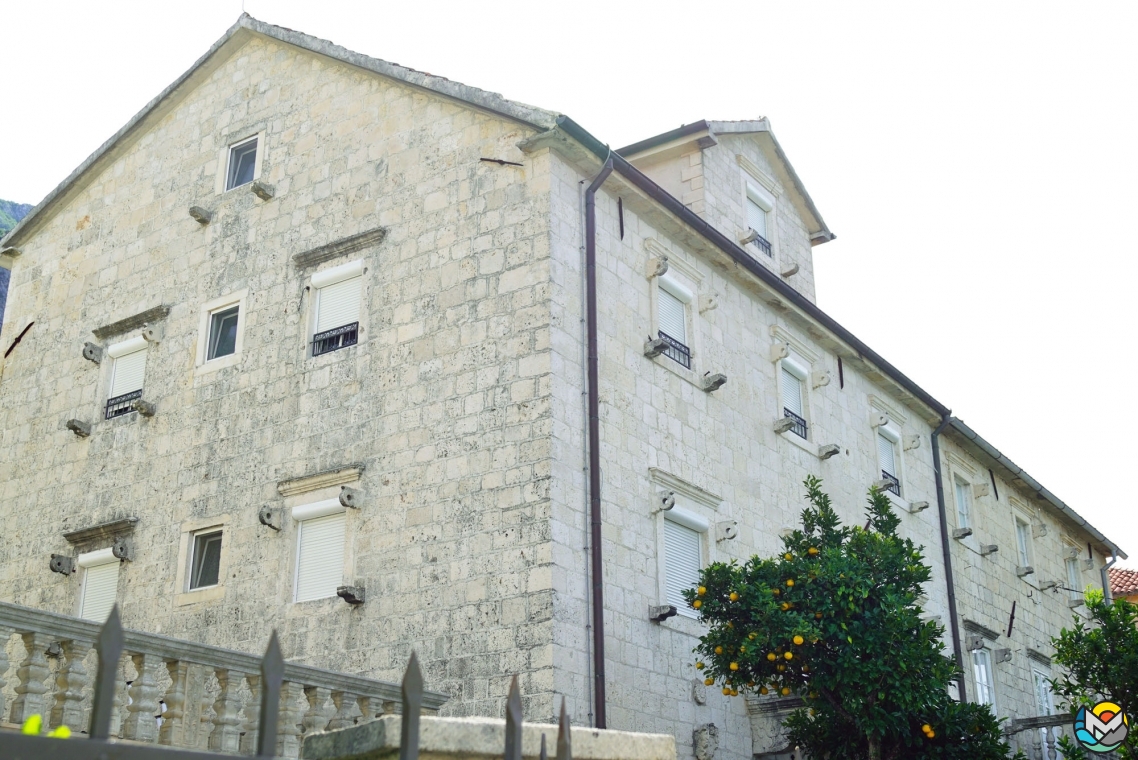
The Kamenorović family was the Radimir’s neighbors.
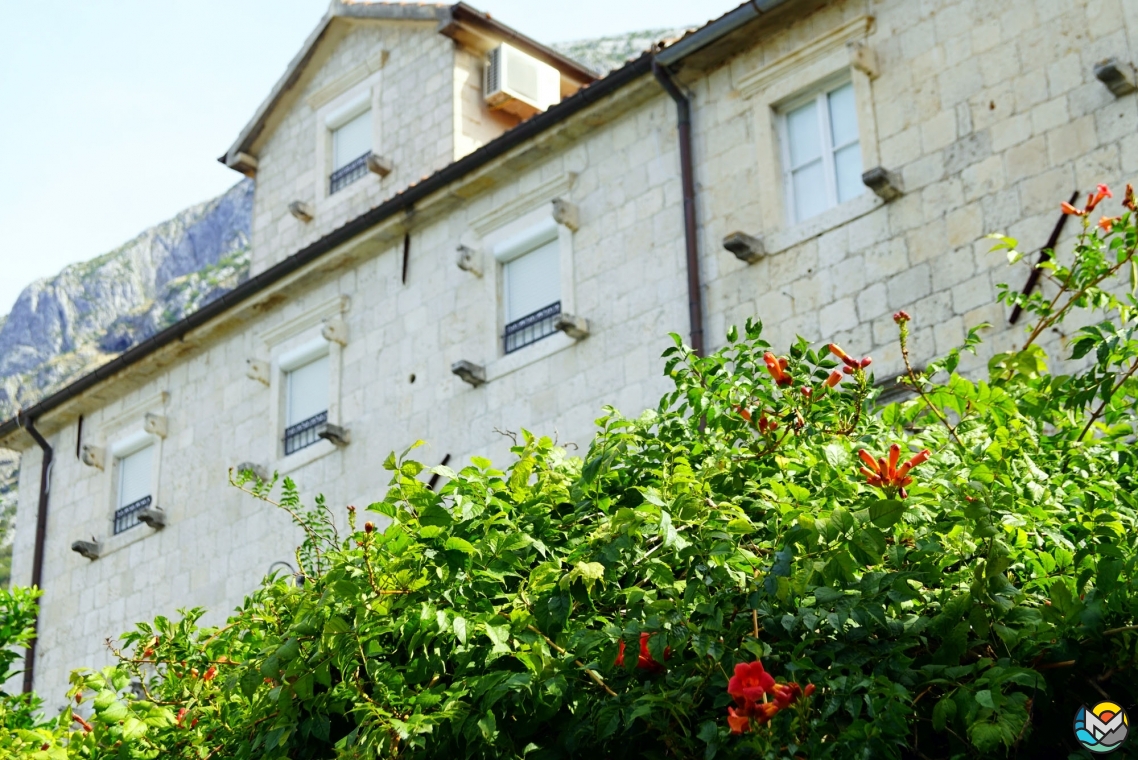
This house is decorated rather modestly.
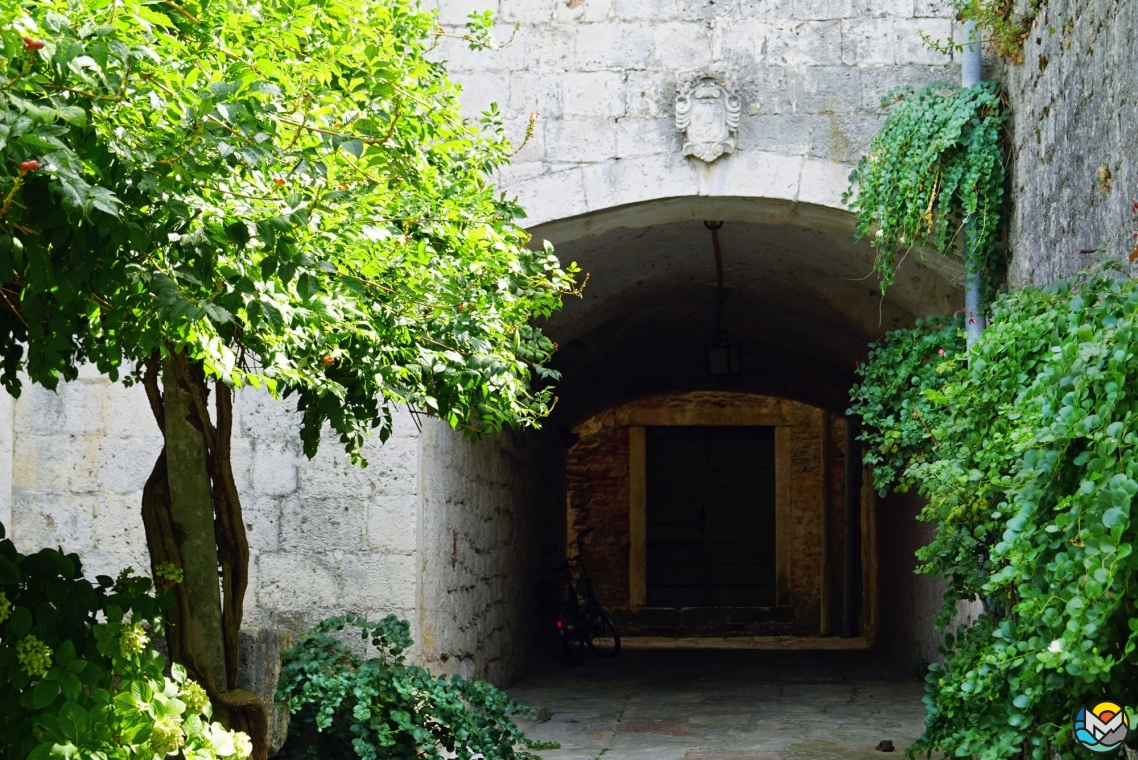
The only adornments are stone coats of arms above the arched passages.
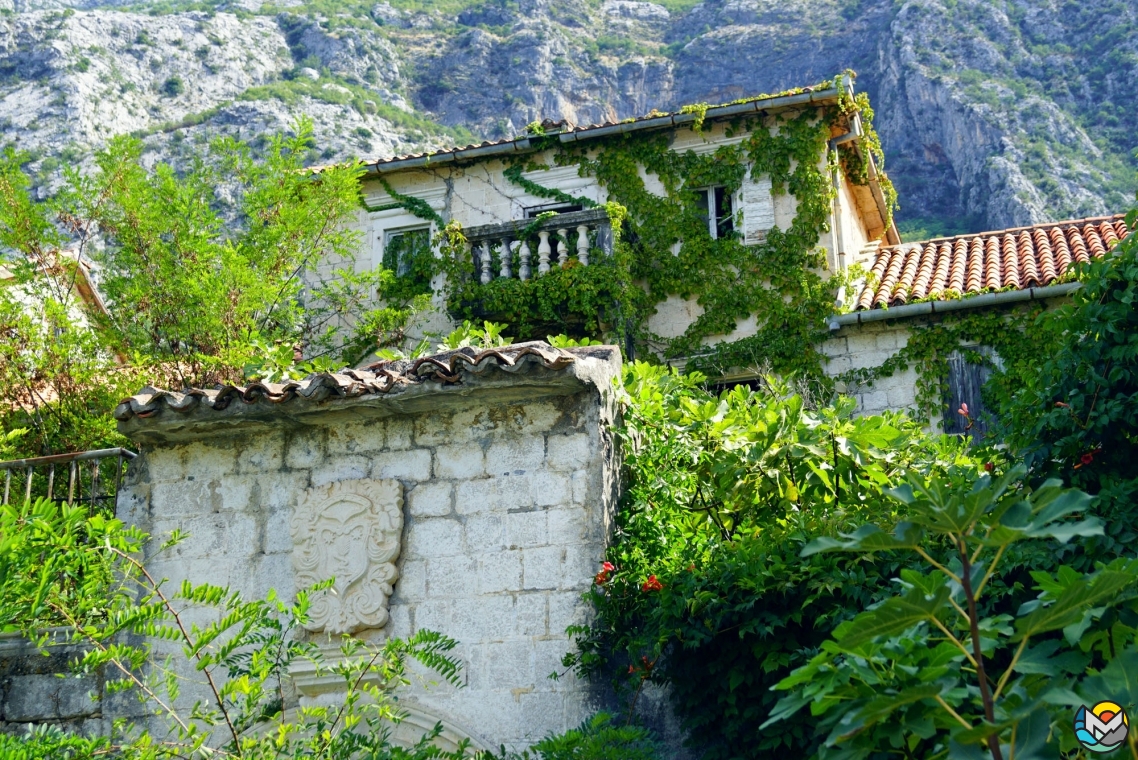
But the main Kamenorović residence just down the street is an opulent Baroque palace.
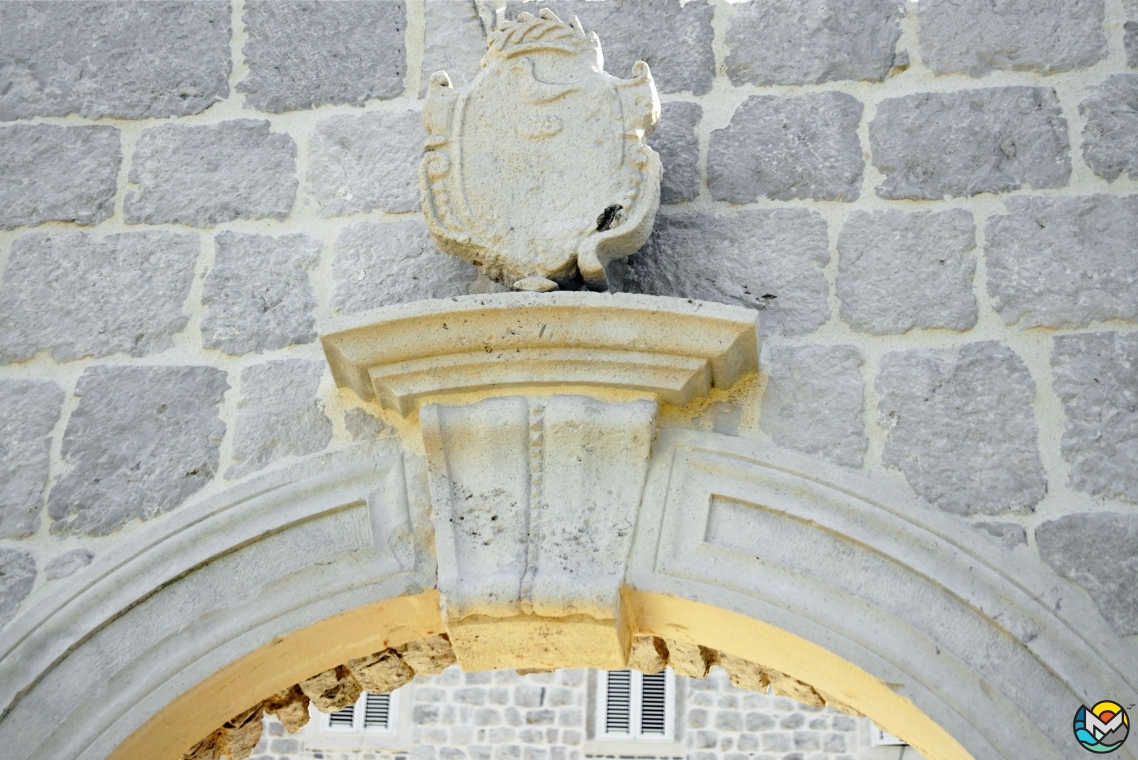
Next to it stands one more house of the Radimir family.
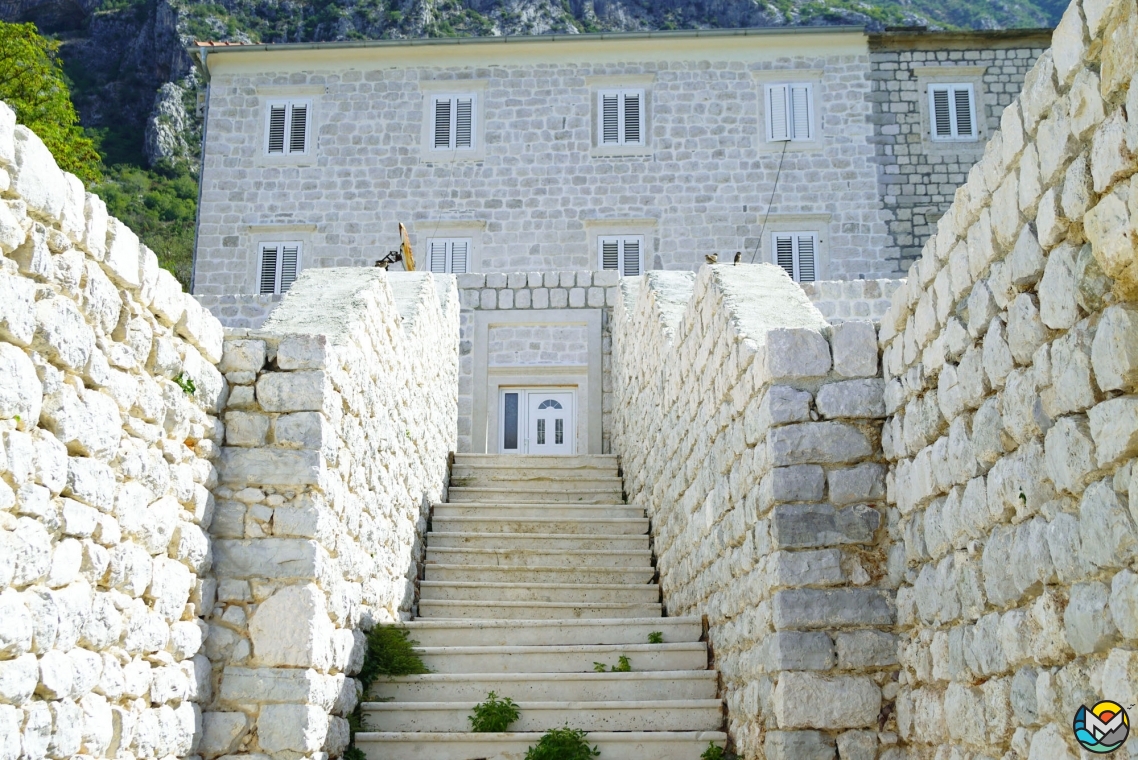
The ancient stone stairs lead to the main entrance.
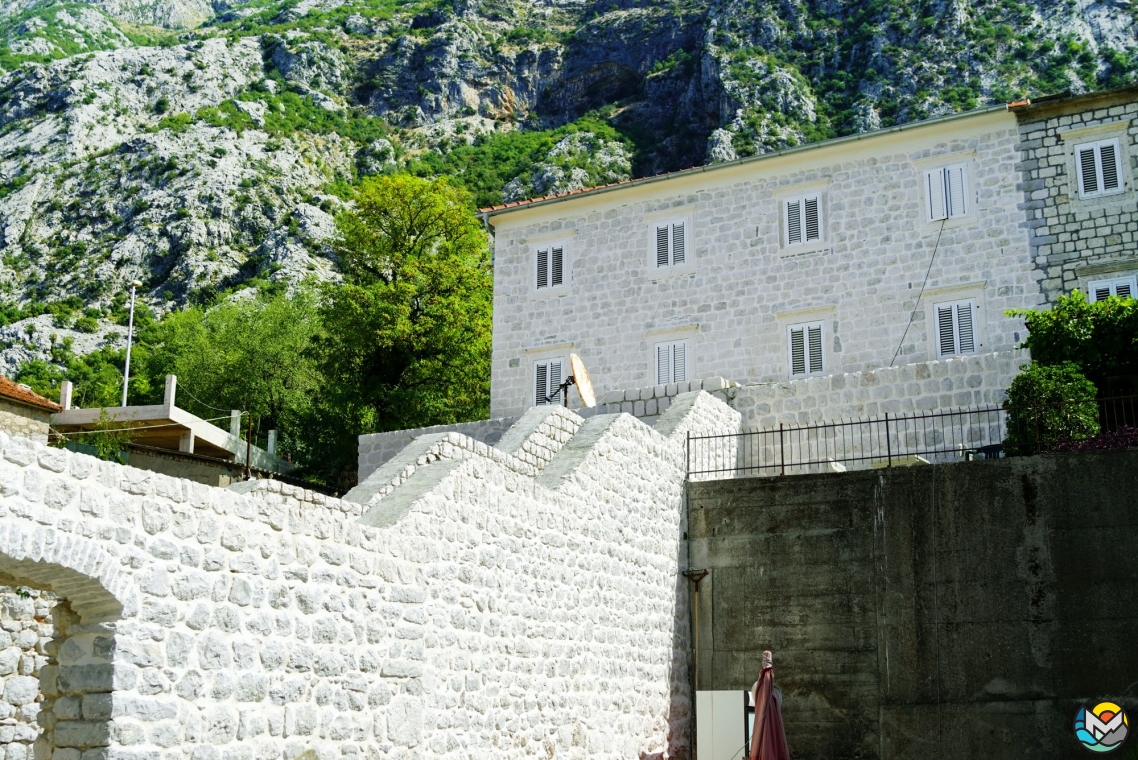
Today the house is under reconstruction.
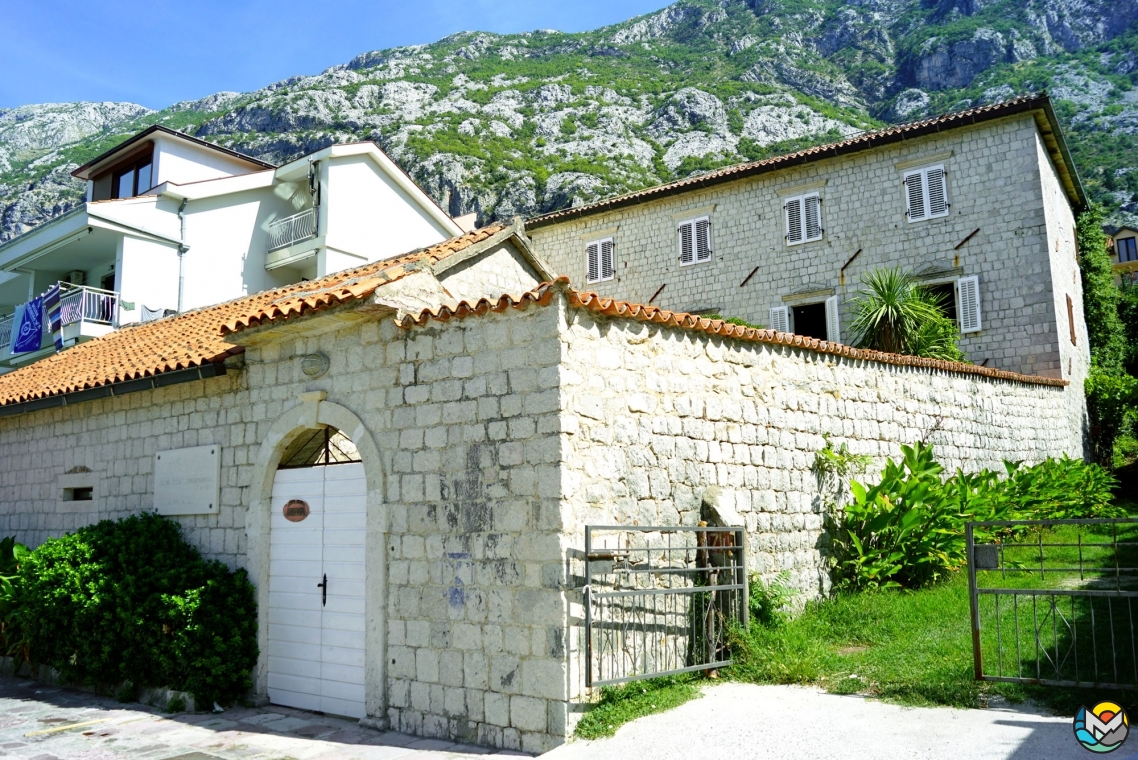
The Ivanović-Tripković Palace, a little further along the seaside promenade, gained fame because of the significant event that took place here in 1813-1814.
It was the home of the provisional government of Montenegro, the Central Commission, very important site for an independent Montenegrin state.

Nowadays, the historical building also has a great purpose, it is the library of the Kotor Maritime School.
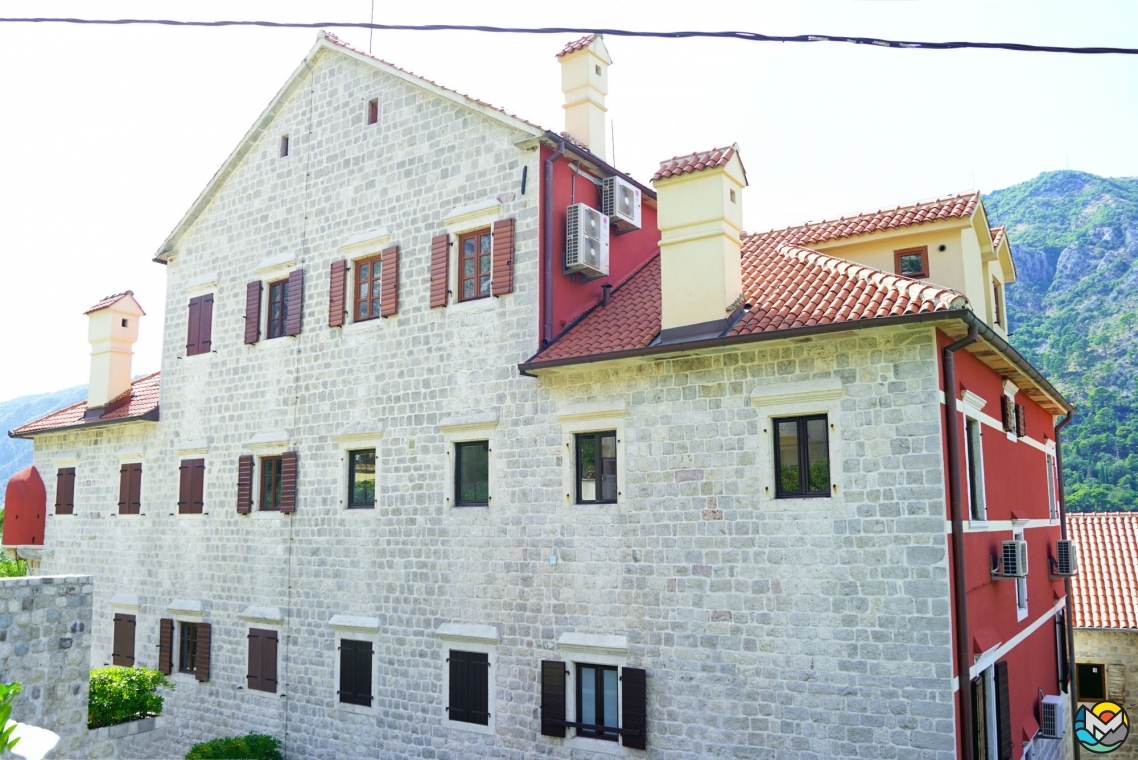
The Milošević Palace or the Grand Palace was built at the dusk of Dobrota’s clover.
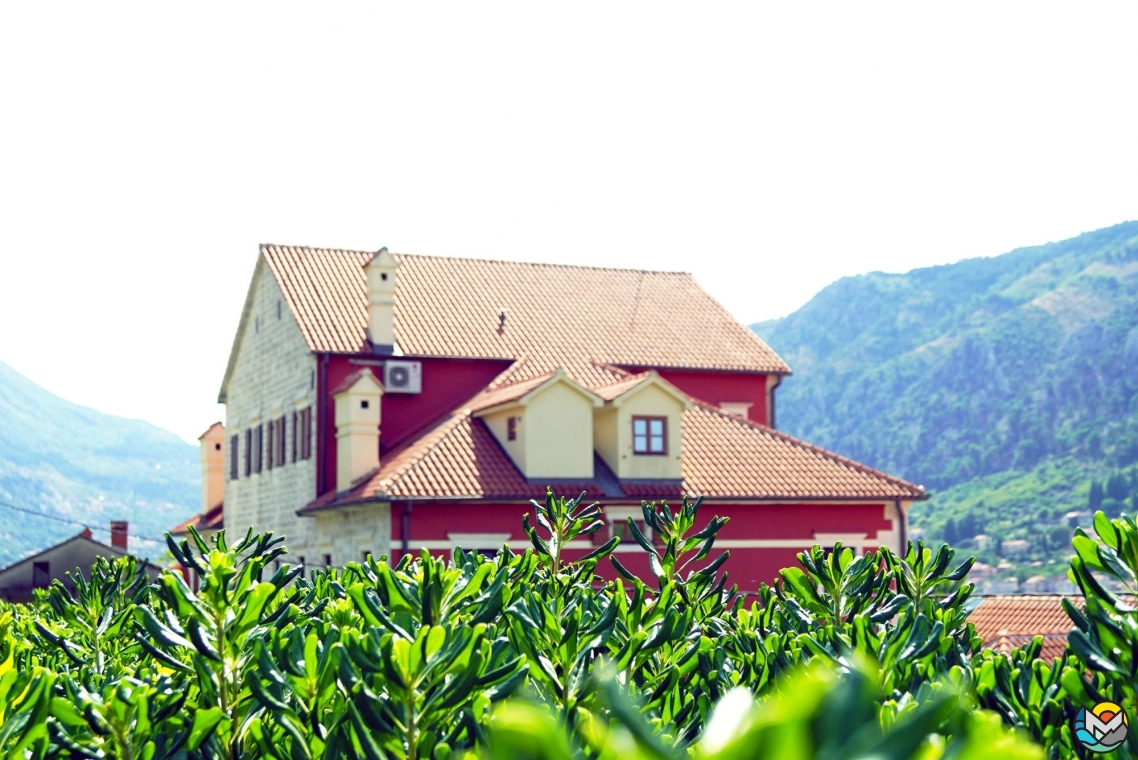
This impressive four-story building is the most recent Captain's Palace, dating from the 19th century.
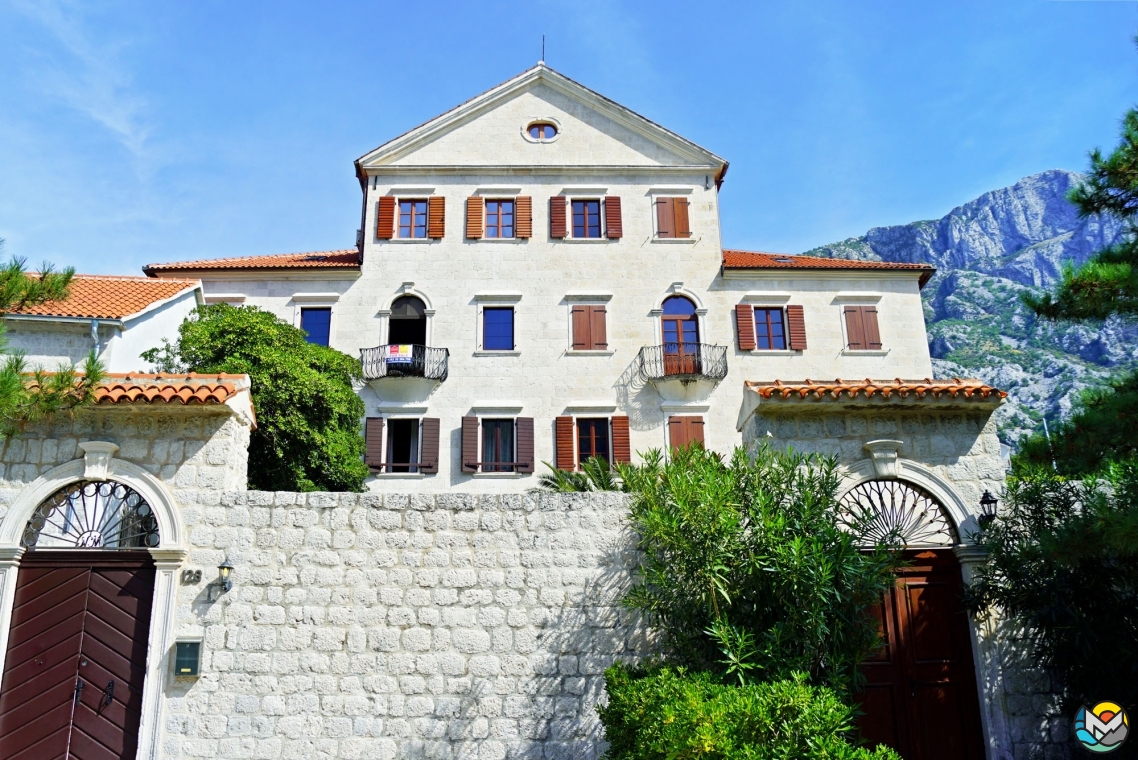
Originally, the house had two owners, the Milošević brothers, and their initials, NM and VM mark two gates.
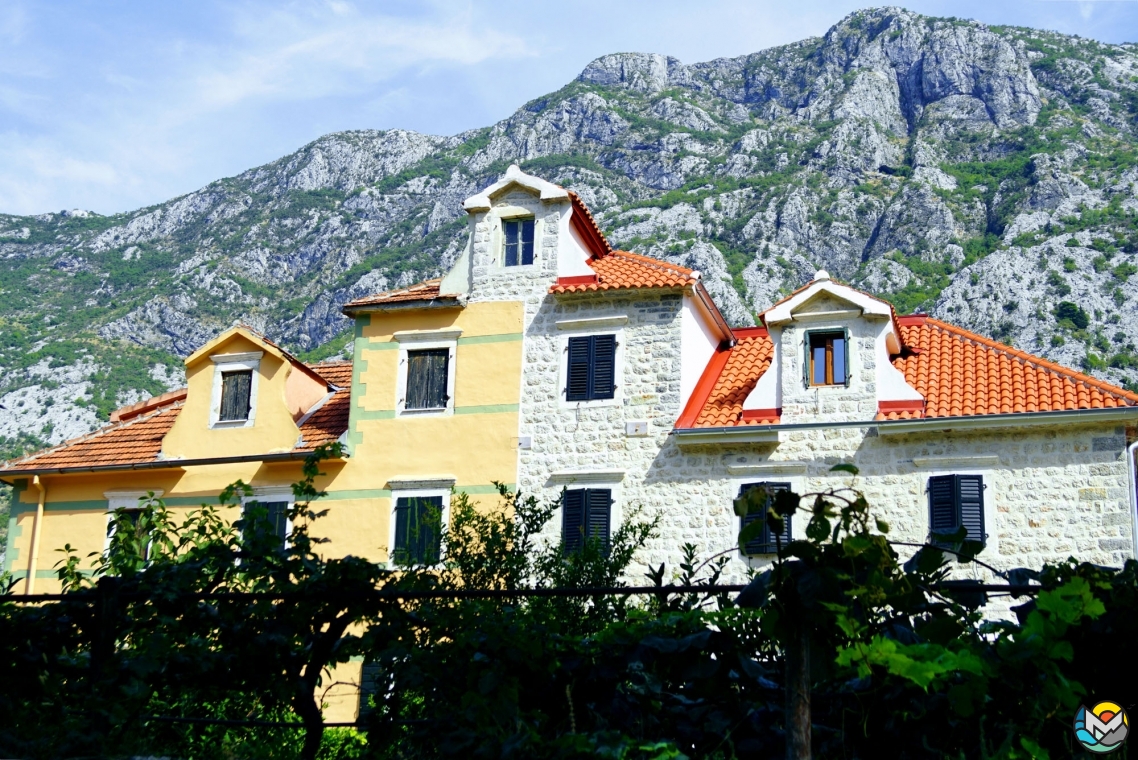
The Radonić-Milošević Palace is hidden from prying eyes behind a stone fence and mature trees, but tourists can still see the most interesting upper part of the facade with its unusual roof line.

Previously, all this part of Dobrota, including Cape Plagenti, belonged to the Radonić dynasty. They built the Palace at the turn of the 17th and 18th centuries, but later it was sold to the Dabinović family, and now bears their name.
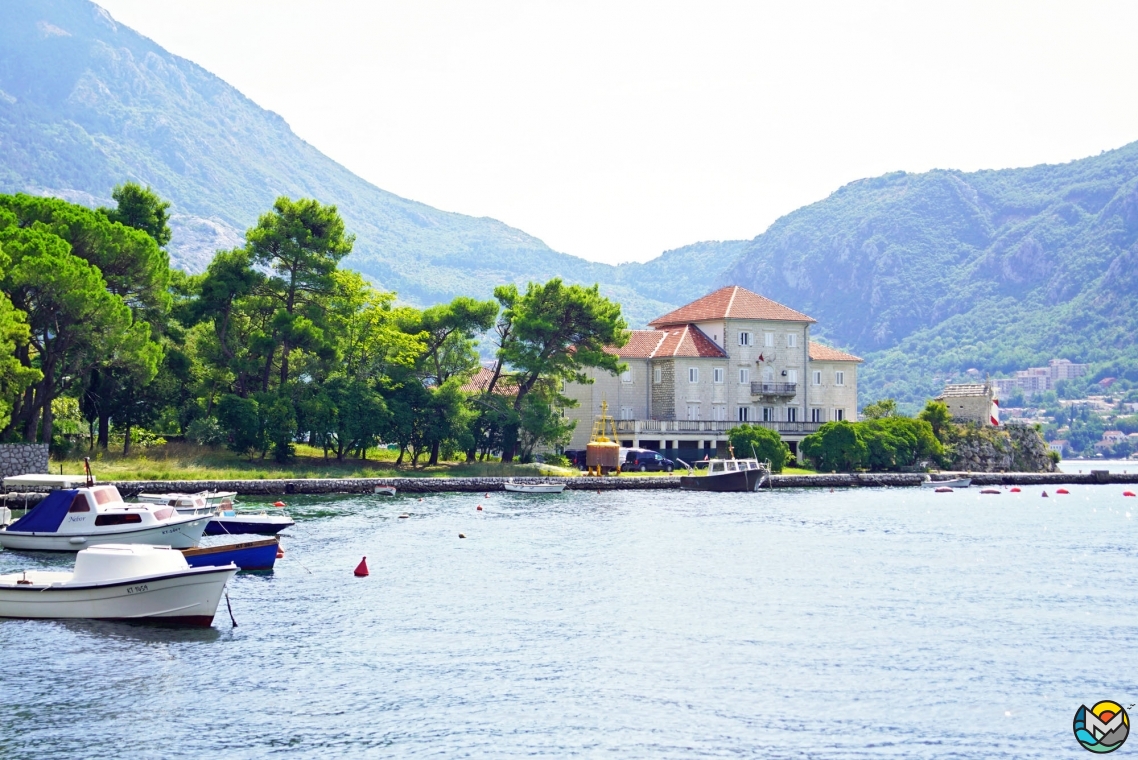
The main Radonić residence is on Plagenti promontory.
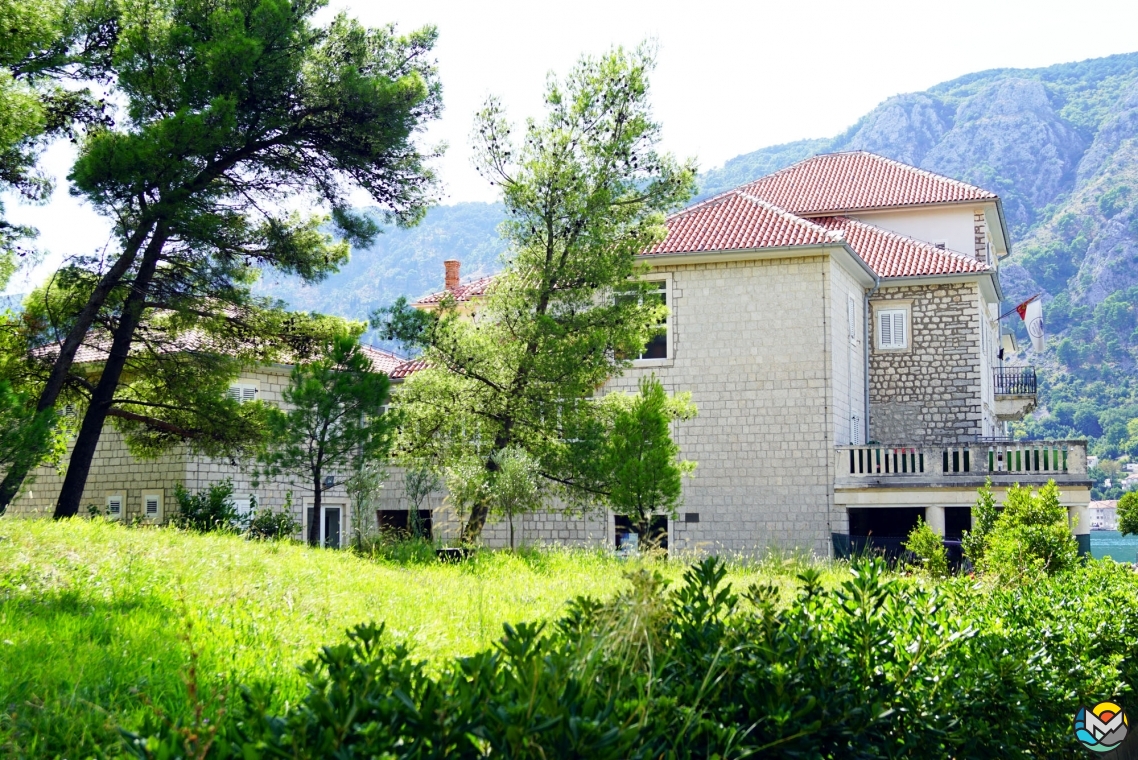
This Baroque palace, built at the beginning of the 19th century in the most picturesque part of Dobrota, had a rather eventful history.
In 1847, the Montenegrin Prince-Bishop, Petar II Petrović-Njegoš, stayed here as a guest.

In 1937, the Palace was acquired by the military club Jadran Guard, then by the Maritime School. And from 1961 to the present day, the building has been occupied by the Institute of Marine Biology.

